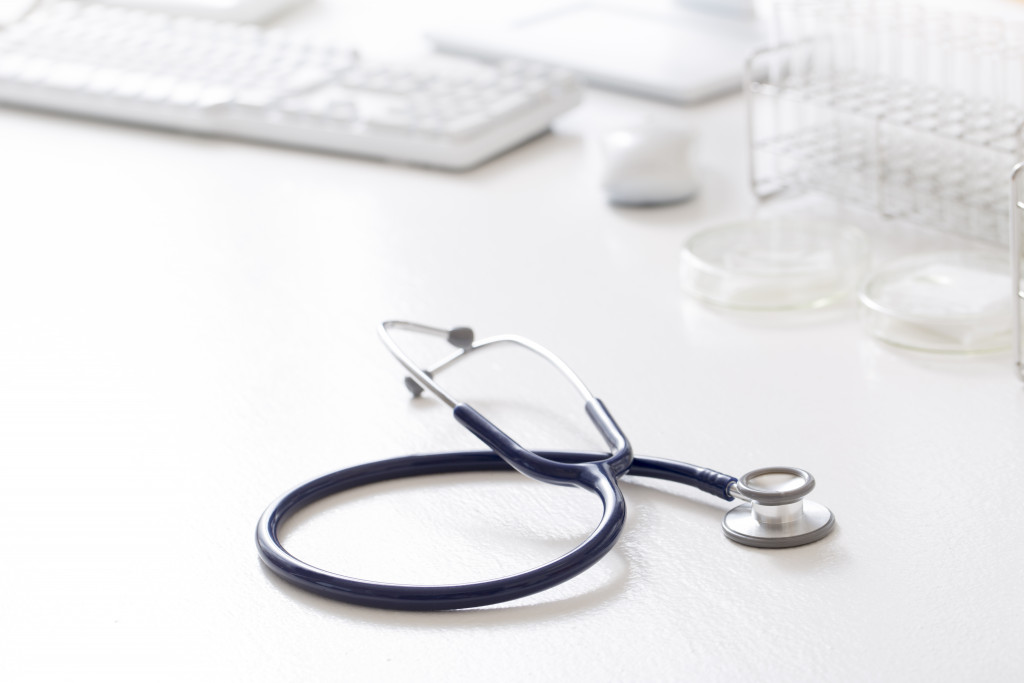As a leading supporter of research for stroke, the National Institute of Neurological Disorders and Stroke (NINDS) aims to help people understand more about the serious condition. According to the institute, stroke occurs in 795,000 people each year, making it one of the most common causes of lifelong adult disability, robbing individuals of their independence and devastating families. Unfortunately, stroke kills 160,000 people each year, making it the fourth leading medical condition that causes death in the
country.
You can prevent stroke in your family today. Don’t wait any longer. The earlier you start, the greater your chance of lowering its risk. Below, find out what stroke is, how you will know if a loved one has suffered from it, what kinds of prevention you can adopt to combat the condition, and what treatments you can expect if you’ve had a stroke. Knowing all of this can help you better understand how stroke affects your life and those around you.
How to Know If You’ve Had a Stroke
The American Stroke Association (ASA) created FAST, an acronym that can help people identify the warning signs.
The letter F stands for face drooping. Look in the mirror and smile. Then, observe the balance of your face. Is it drooping to one side? Does it feel numb? If your answer is yes to both, then you’ve had a recent stroke.
The letter A stands for arm weakness. Raise both your arms. Can you raise both? Does one arm feel numb or weak? If you can’t raise one arm, or it’s numb or weak, then yes, you’ve had a recent stroke.
The letter S stands for speech difficulty. Can you talk straight? Is your speech slurred? Again, if your answer is yes to both, then you’ve had a recent stroke.
If you’re feeling dizzy, having trouble seeing in both eyes, or can’t walk right, proceed to letter T, which is time to call 911.
When a stroke occurs, the brain is deprived of oxygen, killing brain cells. An area with dead brain cells is called an infarct. If immediate care is not given to an individual who suffered a stroke, the surrounding brain cells can also die, leading to permanent neurological damage. Treatment, therefore, is of utmost importance.
According to the ASA, a stroke, or brain attack, can occur when blood flow to the brain is hampered. There are three kinds of stroke: hemorrhagic, atherosclerosis-based ischemic, and embolism-based ischemic stroke. An embolism-based ischemic stroke is caused by a blocked artery, preventing blood from reaching the brain’s parts. On the other hand, an atherosclerosis-based ischemic stroke is caused by progressive thickening of artery walls, blocking it as a result. Lastly, a hemorrhagic stroke is caused by a ruptured artery, bleeding into brain tissues.
Primary and Secondary Prevention of Stroke
Primary stroke prevention focuses mainly on lifestyle modifications, including weight loss, exercise, dietary intervention, and smoking cessation. People who are at risk can sometimes be prescribed medications. Primary prevention is commonly directed towards people at risk but haven’t suffered from a stroke yet.
Unfortunately, stroke can still occur in a person who has already suffered from a brain attack. Secondary prevention, therefore, is directed towards people who have already suffered a stroke.
Don’t wait for another stroke to occur. Prevent it from happening in the first place. Here are primary prevention methods approved by experts from both NINDS and ASA.

Risk Factors
According to the NINDS, you are at risk of stroke if you smoke, are obese, and have diabetes. Both are associated with heart disease, cholesterol imbalance, and hypertension. Primary prevention can help minimize the risk presented by these conditions.
Cessation of the smoking habit is crucial. It promotes the formation of a brain aneurysm—a condition that causes a blood vessel in the brain to balloon. Cigarette smoke also makes the blood thicker, increasing blood clots. The carbon monoxide it produces reduces oxygen in your blood and brain. Nicotine, on the other hand, raises your blood pressure.
Smoking is also linked to the buildup of fatty substances in the central neck artery that supplies blood to your brain. When this artery, called the carotid artery, is blocked, it causes atherosclerosis-based ischemic stroke, which is the leading type of stroke.
Weight loss is also essential in preventing stroke. Get your workout headbands and develop an active lifestyle. Being active can help lower your cholesterol and blood sugar levels, which are risk factors for stroke. Eating healthy and avoiding alcohol can also help you lose weight.
Start Early and Raise Awareness
October 29 is World Stroke Day. Help people understand the risk of stroke and how debilitating it can be. Just thinking about the possibility of having a stroke can be scary. Thankfully, you can prevent it from occurring. Understand it more, follow the tips above, and consult with your physician about your risks.
